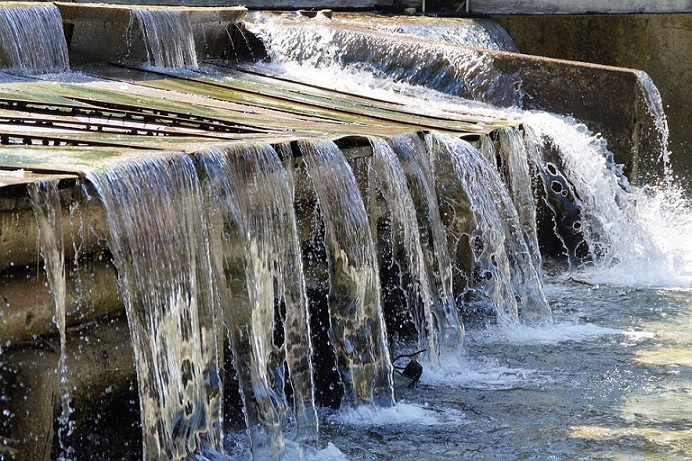Even though water covers around 70 percent of the earth’s surface, we continue to hear reports of water shortages and droughts; this begs the question: how is this even possible?
Despite the fact that this is the case, there is only about 2.5% of that surface water that is fresh water. If this is the case, given that we are unable to consume saltwater, from what source do we obtain our potable water supply? Groundwater provides the majority of the water that we use for drinking, which is why it is so vital to us and why it is so crucial that we look after it.
Why is It So Crucial to Have Groundwater?
In order to comprehend the significance of groundwater, it is necessary for us to first comprehend what groundwater is and where it originates.
The term “groundwater” refers to water that is found below the surface of the earth. This water collects in aquifers, which are underground beds or layers that are responsible for providing groundwater to wells and springs. It is possible for this water to accumulate there for thousands of years, during which time it will be filtered by the rock formations. As a result, spring water is exceptionally clean and flavourless.
Bringing groundwater to the surface can be done in a variety of methods, and once it does, it can serve a variety of purposes, including providing drinking water, water for agriculture, and water for industry.
Even though the amount of water on earth is precisely the same as it was on the day it was born, many countries and regions are still going through droughts, water shortages, and even water scarcity. The following are the causes of the water issues that we are currently experiencing:
A changing climate as a result of global warming has resulted in a change in the seasons, which has led to droughts in some places and floods in other locations. The areas that were already receiving a scant amount of precipitation are seeing even less of it, while those that were seeing above-average precipitation are seeing an increase in it.
The population of the Earth is growing at an alarming rate, which means that the same quantity of water that served approximately 1 billion people a century ago must now serve almost 7 billion. To put it another way, the total amount of water available has not decreased, but the number of people requiring access to it has increased.
Because of the way that the water cycle works on earth, even if all water does, in the end, find its way back to the planet in some form or another, it does not necessarily go back to the same location from which it originated. The same water that is taken up into the atmosphere through processes such as evaporation, for example, forms clouds in the sky, and then when those clouds become too thick, the water that was taken up into the atmosphere through evaporation falls back down to earth as rain. The issue is that the water might have been sucked up by clouds in Australia, but it might fall back to earth in Thailand; this is a significant distance from where it originated.
The local community, which relies on this body of water as a supply of drinking water as well as water for personal hygiene and other uses, will have access to less water if groundwater levels continue to fall. This is because drinking water comes from the earth. In order to maintain the levels of our groundwater, we need to make certain that it is safeguarded and that we do not waste water but rather repurpose and recycle it whenever we have the opportunity to do so.
Water coolers and water dispensers are two of the products that Living-Water offers to commercial clients in the London area. You can either choose to buy inexpensive water coolers or rent a water cooler for your house or place of business.






